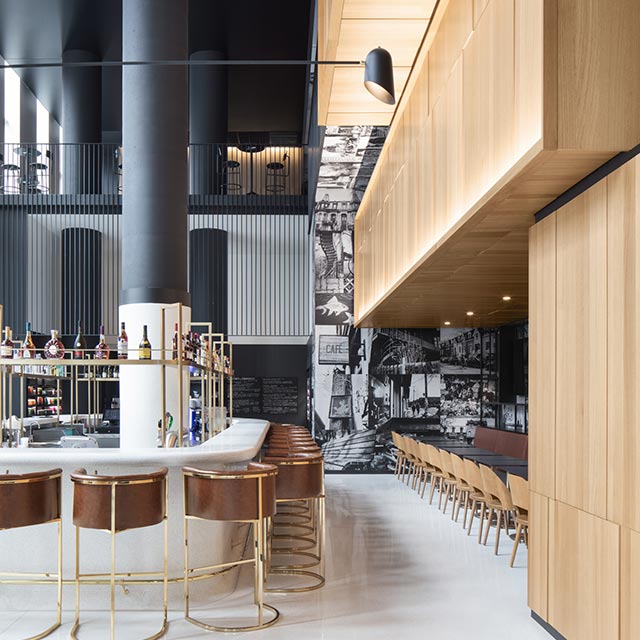
Why use newsletters as method of communication?
Emails are undoubtedly the simplest and least expensive marketing strategy and method of communication. Indeed, newsletters sent via email are an easy way to reach a large audience while having the possibility to target a specific reader profile.
If these people are on the mailing lists, it is because they have interacted with the brand. This may be either during their stay at the property or when they visited the website and signed up for the newsletter. Thus, customer lists are an effective way to distribute information, news and marketing messages to past customers who may potentially book a future stay. In most cases, the cost of distributing this newsletter is very low. Indeed, platforms usually charge by the number of people you wish to send it to or by the size of the database. Compared to any other marketing methods, a newsletter remains very affordable for any property owner, especially since the cost is related to the size of the clientele and therefore to the financial capacity of the company.
When to use newsletters?
Newsletters can be used for many different reasons: whether it’s to announce a new package, a last minute promotion or a property’s new feature. In fact, any occasion is an opportunity to communicate to the audience about the brand. The importance lies in the email marketing strategy but also in the frequency with which the audience receives information from the hotel in which they have an interest. Indeed, a punctual action will not have all the positive effects that can be obtained from prolonged campaigns. It is the rigor and the frequency of these actions that will ensure that the hotel manager benefits from their investment in this method of communication.
Who to send newsletters to?
Defining your target audience is crucial when sending newsletters. Indeed, as soon as the target audience is well defined, the marketing actions will be significantly more effective. For example, if the property owner wants to promote a family relaxation package, it is obviously not relevant to promote it to their business clientele. Guests will be more inclined to read and act on information if they feel concerned and interested by the information highlighted in the newsletter. Therefore, the frequency of sending does not matter if the message conveyed in the newsletter is of interest to the audience.
The hotel owner who has a customer list has a lot of information about his guests, such as the date of stay in addition to the season, the type of package bought, the way of booking (by phone or online), the number of nights and the type of stay (business or leisure). All of these information are essentials for efficient communication as each element will allow the hotel manager to undertake specific actions. For example, it is not relevant to put an online booking button in a newsletter intended for customers who prefer to book by phone. It would be wiser to invite them to contact the hotel by adding the front desk’s phone number.
Newsletters are an excellent way to build customer loyalty. Indeed those on the mailing list know the property that is sending them information because they have already stayed there or have voluntarily subscribed to it. Therefore, the goal is to remain active with this clientele so that they renew their experience within the property and avoid being tempted by the competitors’ offers.
 Log in
Log in









